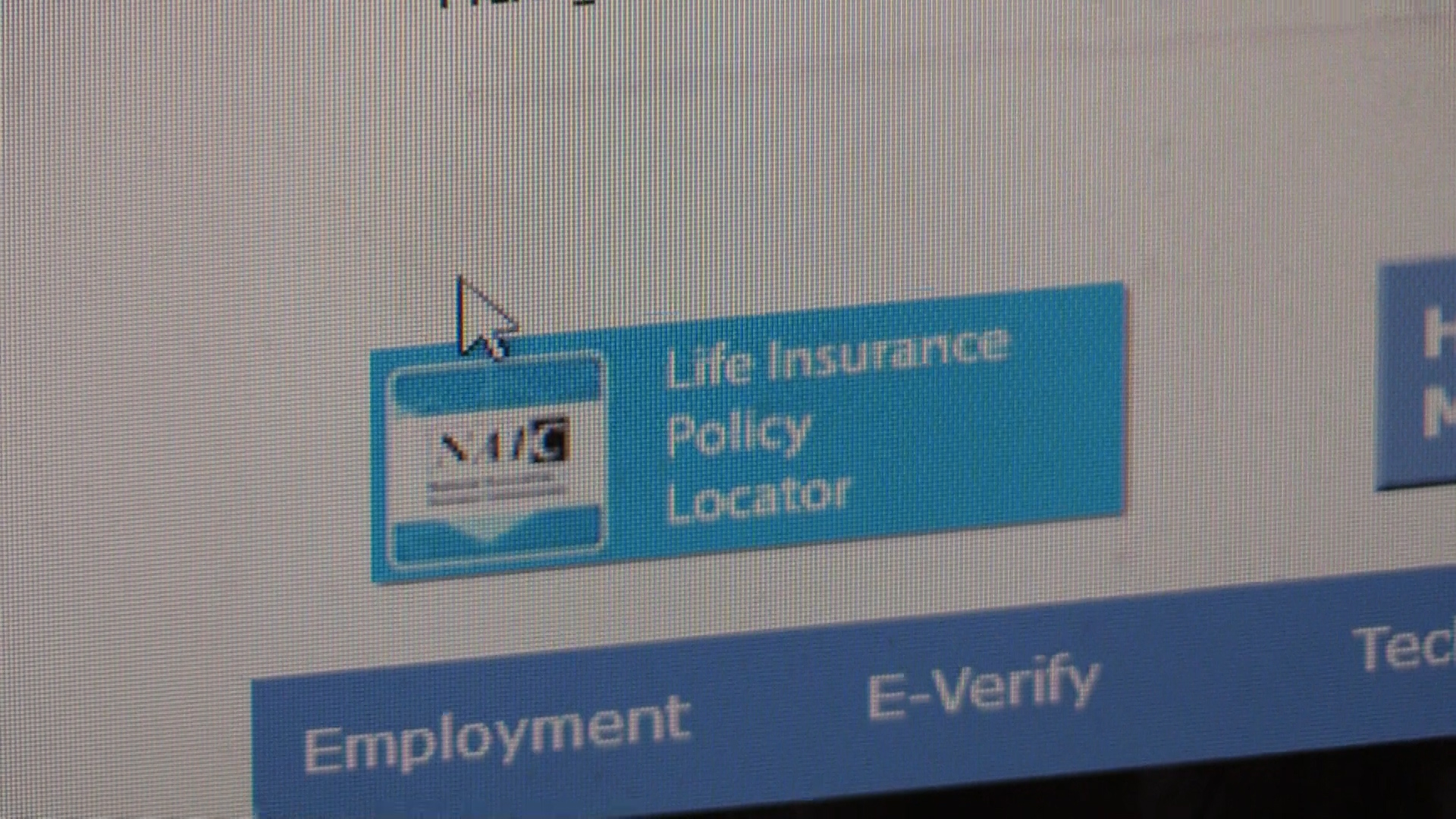Old age is a stage that most of us know to be naturally certain but often overlooked for a lot of reasons. This misstep eventually leads us to problems that could have been avoided, if not mitigated or prepared upon, earlier in our lives when we are still much capable to do so.
As we get older, most of us will require assistance looking after ourselves doing basic life activities like bathing, walking around, using the bathroom, etc. It is a great help if we have family members who would stay and look after us. Not only does it provide more comfort and convenience but it also saves a great amount of money. Unfortunately, many of us are also in different situations like living alone having no immediate family or simply lacking the needed help. All of these can be overwhelming, especially if you’re unprepared for the cost of long-term care that you will eventually require.

Many people have already been thinking about preparing for old age, especially those who are either living alone or simply careful enough for their own security. Almost, if not all, of them, already have life insurance policies to address the concerns raised above. But if you want to insure yourself for long-term care, can you use your life insurance to pay for it?
Yes, you can! Over the years, life insurance policies have included features that the holders can use to help with paying for long-term care costs. This is perhaps due to the decline of companies offering a specific long-term care insurance policy that is also usually not preferred to by clients but still recognized to be needed. There is also a trend in people buying customized policies called “hybrid” to include long-term care costs in their cover. There are several ways to pay for long-term care with life insurance and below is the breakdown discussion of each.
- Combination products
As mentioned above, most clients (and even advisors) do not prefer stand-alone long-term care policies. This is because they think that the policy wouldn’t be beneficial enough for them if they can’t use it. As a result, there has been a gradual decline of insurance companies offering such kind of policy. Some companies, however, have tried to offer an alternative by combining long-term care insurance and life insurance. This combination proposes the policy of having it paid whichever comes first. In either way, as a policyholder, you can use your policy for long-term care in case you need it. It is important to note that this type of policy is new and subject to changes. Additionally, since life insurance is much preferable, the total amount of long-term care benefit is usually just a certain percentage of total life insurance.

- Accelerated Death Benefits (ADB)
This feature is usually added as a part of life insurance policies. In ADB, the holder can take out a portion of their death benefit in a form of tax-free cash advance and use it to fund medical needs, including long-term care costs. This feature is gaining preference among holders and clients because of its flexibility in terms of benefits at almost the same cost compared with other policies. It is important to remember though that this policy has certain conditions before the holder can qualify and benefit from. Depending on the insurance company, these may include:
– the holder is terminally ill.
– the holder has a life-threatening diagnosis
– the holder needs long-term care for an extended period of time.
– the holder is permanently staying at a nursing home and cannot perform Activities of Daily Living.
Additionally, some ADB policies are added through riders that may give you additional benefits. Some companies may also require certain fees to include this feature in your life insurance policy. Like the combination insurance products, this policy greatly varies across companies and of course with respect to your total death benefit.
- Life Settlements
If you availed life insurance but realized that you don’t need it anymore or you badly need the cash for a more urgent need, then you can opt for a life settlement. In this policy feature, you can choose to sell your life insurance at its face value and use the money (taxed) for your needs such as long-term care. Insurance companies usually offer this option when a holder reaches a certain age. You must consider inquiring for the specific features though as this has varying conditions with different companies.
- Viatical Settlements
A viatical settlement is sometimes confused with life settlement because of their similarities but viatical settlement is actually more complicated in nature. The key difference between the two would be the viatical settlement condition of being terminally ill or have a life expectancy of two years or less for a holder to qualify. This policy allows the holder to sell their life insurance policy to a third party (usually a viatical company) and use the fund for their needs including long-term care.

- Hybrid policy
This option is like a combination policy mixed with ADB but instead of trading off their benefit between two options, a holder is allowed to use a portion of their life insurance in long-term care and still leave an amount for their beneficiaries. The only consideration that a holder must consider is the high price that this policy has.
It is important to note that these policies have different premium prices and overall cost depending upon the company offering it and the policy itself. It is best to know which policy and company will fit the kind of situation a holder is in. To be able to wisely decide on which method is best, a holder can seek out advice from independent financial advisors or life insurance mse.
The importance of life insurance is undeniable and its benefits can’t be ignored. Unfortunately, this is still often dismissed as a topic within family circles where in fact, this should be essentially discussed. Hopefully, by informing people about these ways and preparations that they can make to protect themselves from the crises that certain realities can make, they will be encouraged to openly talk and share solutions to better secure the future.
